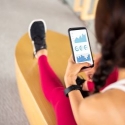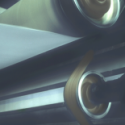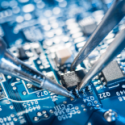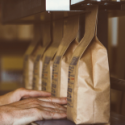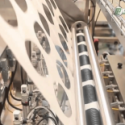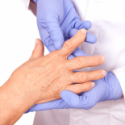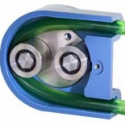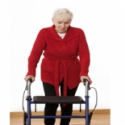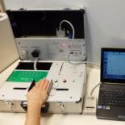Therapeutic Force-Feedback Device Design One company was developing a small force-sensitive physical therapy device aimed at tracking a patient's recovery progress after a specific medical event. Their mission was to empower patients on their journey to recovery by providing an innovative, user...
Applications
Pressure, Force and Temperature Measurement Applications
Tekscan's force, pressure, and temperature sensors and measurement systems are used in a wide variety of OEM, Research and Development, and Clinical applications. If you don't see your application listed below, contact us to discuss the opportunity.
Displaying 1 - 10 of 22
